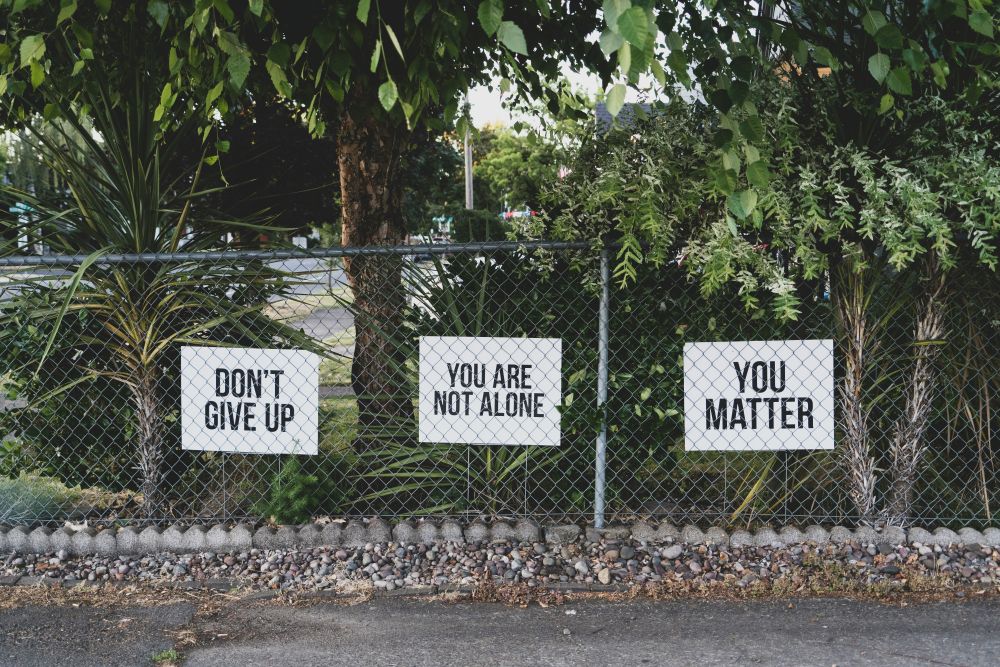Nitrous Oxide is nothing to laugh at

We’ve all seen those hilarious videos of young people waking up from dental surgery, not knowing what they are saying or doing because of the lingering effects of anesthesia. Anesthesia drugs like nitrous oxide (laughing gas) are life-saving, allowing doctors and surgeons to perform critical operations and even easing childbirth by blocking pain. However, nitrous oxide is also legal for anyone to buy in most states, and recreational use has none of the medical safeguards, leaving users exposed to dangerous consequences of this drug.
Nitrous oxide (N2O) is a colorless, sweet-tasting gas that was discovered by Joseph Priestley in 1772 and has been used in the medical and dental fields since 1844, when its anesthetic properties were realized. In health care settings today, N2O is mixed with at least 30% oxygen, and doses rarely surpass 40% N2O to prevent harmful adverse effects. Upon entering alveoli, N2O dilutes gas (including oxygen), leading to hypoxia (inadequate oxygen supply to tissues), psychological and neurological adverse reactions and possibly death. (Let’s “Whippit” Away: Nitrous Oxide Misuse and Its Complications) It’s also used in the food industry as a propellant in whipped cream canisters, and in the automotive industry as an engine booster.
The problem with N2O is its availability for “recreational” use. Sadly, the retail forms of N2O inhalants are not mixed with oxygen, drastically increasing the possibility of injuries and death. In Michigan alone, emergency medical service responses related to nitrous oxide misuse increased by 553% from 2019 to 2024, and emergency department visits also increased by 757% from 2019 to 2023. (Health emergencies linked to recreational nitrous oxide use increase significantly)
According to the Alcohol and Drug Foundation, inhaling N2O gives a short-lived rush of happiness or euphoria, and when mixed with other drugs can induce hallucinations and other sensations. However, the injuries can be significant just from the release of the gas from high pressure canisters:
-
When inhaling directly from tanks or crackers (a handheld device used to ‘crack’ a nitrous oxide bulb/whippet), the gas can cause frostbite to the nose, lips and throat (including vocal cords) because it’s intensely cold (minus 40 degrees Celsius). The crackers can also cause cold burns to the hands.
-
As the gas is also under constant pressure, it can cause ruptures in lung tissue when inhaled directly from these containers.
-
Faulty gas dispensers can explode and cause harm.
Then, there’s the consequence of displacing oxygen from your lungs: by inhaling a gas other than air or oxygen, you are “starving” your body’s tissues, including your brain, from the oxygen needed to live and function. Here are some of the acute (short-term) physical consequences of overdose:
-
loss of consciousness caused by a fall in blood pressure, or asphyxia (when the body is deprived of oxygen)
-
irregular heartbeat
-
seizures
Long-term, recreational inhalation of nitrous oxide causes neurological and cardiovascular damage. Here are some of those symptoms: memory loss, vitamin B12 depletion (long-term depletion causes brain and nerve damage) ringing or buzzing in the ears, incontinence, numbness in the hands or feet, limb spasms, potential birth defects (if used during pregnancy), weakened immune system, disruption to reproductive systems, depression, psychological dependence, and psychosis. (Nitrous oxide – uses, impacts and risks)
With all of these risks, it’s surprising that working professional people like doctors and lawyers would use it recreationally. However, according to Matthew Howard, a professor at the University of North Carolina who studies substance abuse, nitrous oxide is mostly used by middle-class or well-off people, while somebody huffing gasoline or glue is more likely to be poor. (Getting High on Nitrous: Meet the Phish Fans Sucking 'Hippie Crack' Outside Madison Square Garden) It’s sold in balloons and other forms at concerts, and in canisters called “whippets” at smoke shops, which comes from the use as a propellant for whipped cream. As of December 2024, twelve states specifically prohibit possession and sale of nitrous oxide for recreational use. (Nitrous Oxide) As of May 2025, only Louisiana has totally banned the retail sale of the gas. Possession of nitrous oxide was criminalized in the UK in 2023 after misuse among young people increased during the pandemic. (How 'laughing gas' became a deadly - but legal - American addiction)
New drugs come on the scene all the time, and N2O is marketed to young people with sweet flavors like strawberry, blueberry and watermelon. It is technically not physically addictive like opioids, but the (albeit short-lived) high draws repeat users that generate long-term injury, and death, like the death of 29 year old Meg Caldwell, who continued using it even after losing use of her legs and other nerve damage. (How 'laughing gas' became a deadly - but legal - American addiction)
Like any other potentially addictive or deadly drug, the best way to avoid these consequences is to avoid and discourage anyone from even trying it, including avoiding the places (concerts, parties, smoke shops) and people who use and sell it. It takes effort and time as parents and friends of young people to mentor and educate them before they are deceived into seeing/trying drugs like N2O as harmless fun, similar to the way vaping has deceived some as being “harmless” or a better alternative to cigarettes. Here’s a free, informative guide on how to talk to your children (or anyone) about the dangers of “huffing” nitrous oxide. What we breathe in, even for a few seconds, really matters!
Photo by Dan Meyers on Unsplash






